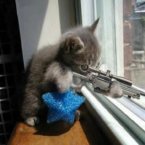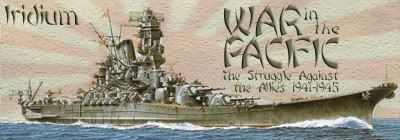Didn't say that, I meant that the sheer amount of overkill on Japanese vessels in general would make them look too durable if you took those statistics at face value.
That is what I thought that you meant. But...
"The MUSASHI sustains a total of 19 torpedo (10 port, 9 starboard) and 17 bomb hits, as well as 18 near misses."
I see you are quoting so probably you do not agree with the wording of that sentence. The
Musashi didn't "sustain" them. She was sunk by them. And
Yamato was basically done in by one bomb, but was sunk again by torpedoes before the work of that one bomb was finished.
Prince of Wales and
Repulse also took a substantial pounding. Indeed, on a torpedo hits sustained vs displacement scale,
Prince of Wales looks more durable than
Yamato or
Musashi. And of course
Shinano 's demise demonstrates something more like the real durability of the
Yamato class vs. torpedoes... in a phrase... NOT that impressive.
Show me a fellow who rejects statistical analysis a priori and I'll show you a fellow who has no knowledge of statistics.
Didn't we have this conversation already?













